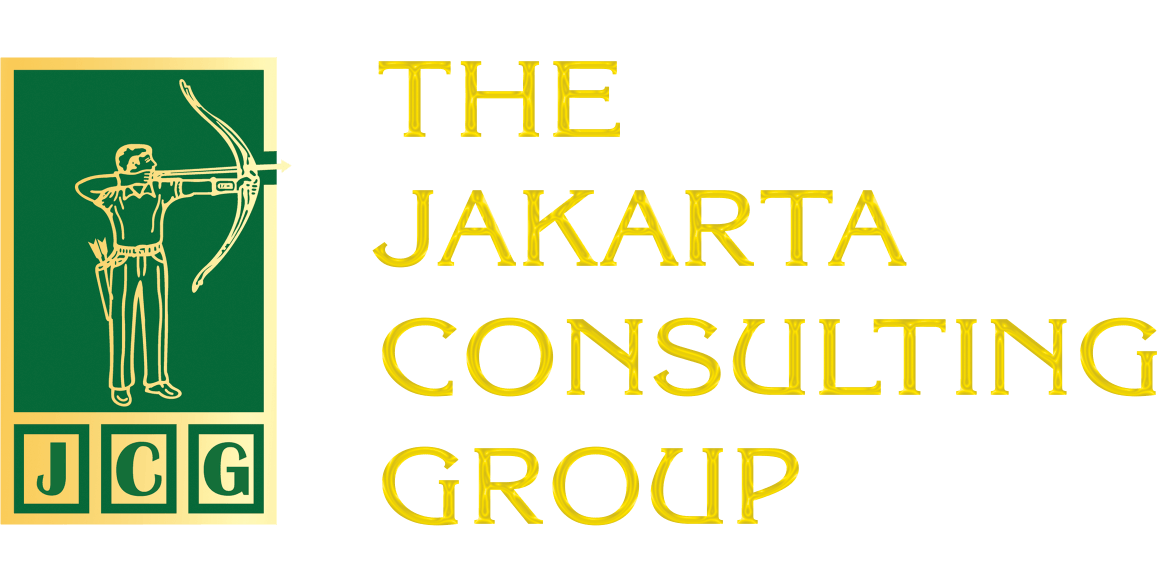Many business narratives around business transformation end with a success story: new structures are formed, operational costs decrease, digital systems are in place, and leadership patterns are refreshed. However, behind the heroic story lies a reality that often goes unnoticed: transformation is not the finish line. Quite the opposite. Transformation is the starting point of a new, more complex chapter.
Business transformation is a journey, not just an event. Once the inauguration ceremony is over, a crucial question arises that haunts many organizations: What’s next?
The Underrated Critical Phase
The post-transformation phase is often characterized by strategic confusion, emotional turmoil and loss of direction. This is referred to as Post-Transformation Syndrome-a condition when the organization has not fully recovered and stabilized after a major change. At this point, the organization is trying to internalize the changes, maintain momentum, and simultaneously find its new sustainable form.
If this phase is neglected, the impact can be serious. Even the most mature business transformation can collapse by failing to manage the post-change transition.
The Illusion of Completion: A Common Pitfall in Transformation
One of the biggest pitfalls in change management is the illusion of completion. Once a new system is in place, many leaders are tempted to assume the job is done. Project teams are disbanded, budgets are redirected, and attention immediately shifts to the next agenda. Unfortunately, the reality on the ground is far from complete.
McKinsey & Company research (2023) shows that around 70 percent of business transformation efforts fail to achieve long-term results. Not because the implementation stage is bad, but because of weak post-implementation follow-up. Employees feel tired, skeptical, and even alienated from a new system they don’t yet understand. Meanwhile, leaders are plagued by change fatigue – exhausted from constantly running big initiatives without pause.
The Black Box Effect: When Knowledge Isn’t Distributed

One of the hidden dangers in business transformation is the Black Box Effect-a situation where a new tool, process, or system is only understood by a handful of people directly involved in the change project. Outside of the core team, the majority of staff experience confusion because they don’t have access or a deep understanding of the logic behind the new system.
As a result, when key people change roles or leave the organization, the remaining system becomes a “black box”: it appears to work on the surface, but cannot be explained or further developed by the remaining team.
For example, a new digital system may have been rolled out. But because training was not thorough, staff reverted to old methods. Performance metrics may have been redesigned, but the field team is unable to interpret the data to make decisions. This is the beginning of an unrecognized performance setback.
The solution is to build a systematic and sustainable knowledge transfer process. Starting from comprehensive documentation, staff involvement in the transition phase, to internal training and knowledge champions-that is, people specifically assigned to spread new understandings and practices throughout the organization.
According to Harvard Business Review (2021), the long-term success of business transformation depends on middle management’s ability to absorb, translate and disseminate knowledge to operational lines.
Old Culture Isn’t Easy to Conquer
Business transformation can change structure, strategy, even technology. But one of the most difficult elements to change is an organization’s culture – its ingrained mindsets, habits, and unwritten values.
Many companies fail to change the culture even when the organizational structure has been updated. For example, organizations adopt a collaborative working model, but managers remain microscopically controlling. Or when the incentive system is designed to encourage cooperation, but rewards are still given individually. As a result, old behaviors continue to repeat in the new container.
Cultural adjustment should be a serious focus in the post-transformation phase. It is not a one-off job, but a learning process that must be constantly tested and developed. Changes can start from concrete things: a more open meeting format, a participatory decision-making system, to a workspace design that reflects new values.
Most importantly, leaders must lead by example-not just in words, but in tough decisions that reflect a commitment to the new culture.
Managing the Emotional Dimension of Change
One aspect that is often overlooked in business transformation is the emotional dynamics that employees experience after the process. When change is underway, many employees are too busy to realize the impact it will have on them. But once the situation stabilizes, there is emotional turmoil: sadness, loss, even identity crisis.
This is natural, especially for those who felt successful in the old system. Under these conditions, organizations need to provide space for employees to reflect and accept change. The narrative of business transformation should include not only a vision of the future, but also an acknowledgment of what has been left behind.
Instead of forcing false optimism, leaders can build trust by recognizing that not all changes are comfortable, but they are all geared towards the long-term good. This is the time to draw employees back into the new vision and reinforce their role in the organization’s future.

Building a New Rhythm, Not Just a New Project
True business transformation does not stop at system roll-outs or historic milestones. Instead, the post-transformation phase is the foundation for the organization’s new rhythm: a culture of learning, adaptability, and a desire to continuously improve.
Instead of doing a “major transformation” every few years, organizations should focus on building the capacity for continuous evolution. This can start with relevant internal training, two-way communication channels, and team-level experimentation spaces. Periodic evaluation of implementation and work culture is an important tool to maintain continuity of change.
Organizations that are able to make the post-transformation phase a strategic momentum – not a rest period – will be more resilient in the face of continuous change and outperform the competition.
Related Posts:
Organizational Culture Clashes in Mergers and Acquisitions
Microculture: The Secret Behind Adaptive Organizational Culture
The Rise of Multi-Career Professionals in the Workplace: When Employees Have More Than One Job
The Story of a Successful Entrepreneur: Aroma Coto Gagak, Makassar’s Culinary Icon
The Secrets to Managing a High-Performance and Agile Holding Company










